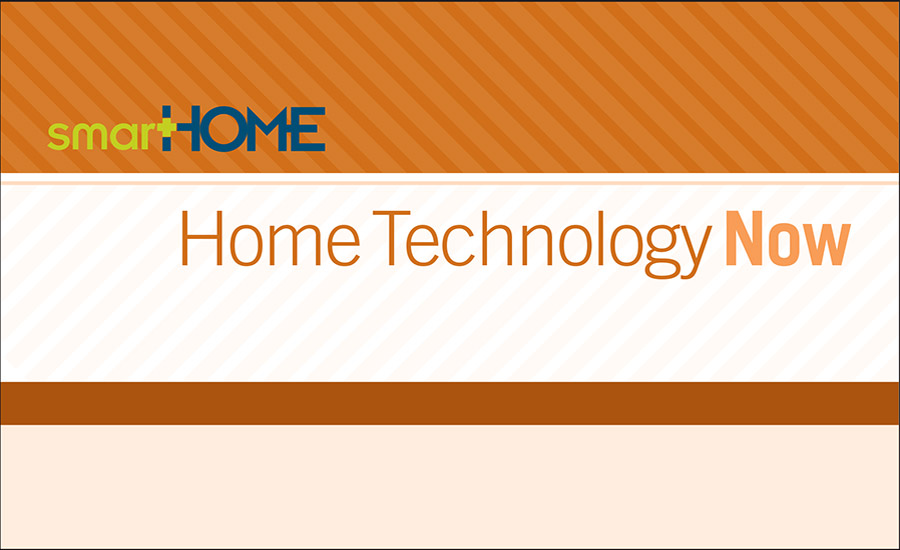Over the past 130 or so years there have been tremendous technological advancements. Just look at them all — from the telephone, light bulb, radio and television to the cell phone, flat screen display and streaming media — and they keep on coming. Look at the computer and its progress since 1936 when the first programmable computer was invented.
These advancements include the security alarm industry. In 1853 came the first electric alarm system, and in 1905 systems began to be linked to police and fire departments. The 1970s saw the addition of motion sensors and digital communication. Today we see systems connected to the Internet, two-way communication, video surveillance and remote access. Mobile devices receive alerts and offer remote control of the security system. And recurring monthly revenue (RMR) opportunities are added daily. Arm/disarm the system, control the heating/cooling, connect to cameras, and even unlock and lock the doors remotely — and all for just a small monthly fee.
So why talk about the history of inventions? It’s the speed at which they are now happening that deserves attention. It’s hard to believe electricity has been in our homes less than 90 years. Audio reproduction became mainstream in 76 years from the phonograph to the affordable and transportable cassette tape player. Embracing digital data in our everyday lives took only 33 years, and digital audio was even faster with just 19 years from the CD to the iPod. It was only 11 years from the start of the Internet to being able to search the Web. And the acceptance and rise of social media exploded in just five years from the introduction of Gmail and Facebook to the smartphone running our lives and communication.
This march of technologyis picking up speed and isn’t stopping. So what can you do? Embrace it; use mobile devices, get a smart TV (and connect it to the Internet and use it), listen to streaming music, sign up for online content services, and install a couple lighting control modules in your home. Most importantly, update your home security system with the latest devices and services, and be sure to include surveillance cameras.
Get connected; follow some type of social media for both personal and business— Facebook, Pinterest, Twitter, LinkedIn, or any of the multitude of services offered online. See first hand what it’s like to live a “digital life.” If you’re under 40, you are probably already doing a lot of this, but if not, it’s time to join the march and not get run over.
In this march of technology another thing to watch is the cloud. Mass migration of processing and data storage to the cloud has been rapid and is picking up speed.
The Internet of Things (IoT) is the next big thing. It’s everywhere in the news and Cisco predicts 50 billion connected devices by the year 2020. With all of the connected devices on the IoT, cloud computing is rapidly becoming the ultimate solution for data storage, management, and analytics.
The bottom line is putting connectivity and control in the hands of your customers. Now is the time to join the march and get ahead of the game. The arrival of the digital home enables new and continuing RMR services to enhance lives such as video surveillance and remote video storage, remote home monitoring and control, alerts and notifications, energy management, and the list is getting longer. Know that the digital homeowners will personally select the services they “can’t live without,” and pay the RMR amounts for them.
Technology Adoption
|
Technology |
Invented |
Mass Adoption |
Years to Adoption |
|
Electricity |
1752 Electricity |
1932 |
180 |
|
Audio Reproduction |
1887 Phonograph |
1963 Cassette tape player |
76 |
|
Working with |
1977 Personal computer |
2010 iPad tablet |
33 |
|
Digital audio adoption |
1982 CD |
2001 iPod |
19 |
|
Accessing digital data |
1982 Internet |
1993 Web browser |
11 |
|
Ubiquitous social interactions |
2004 Gmail |
Smartphone |
5 |




